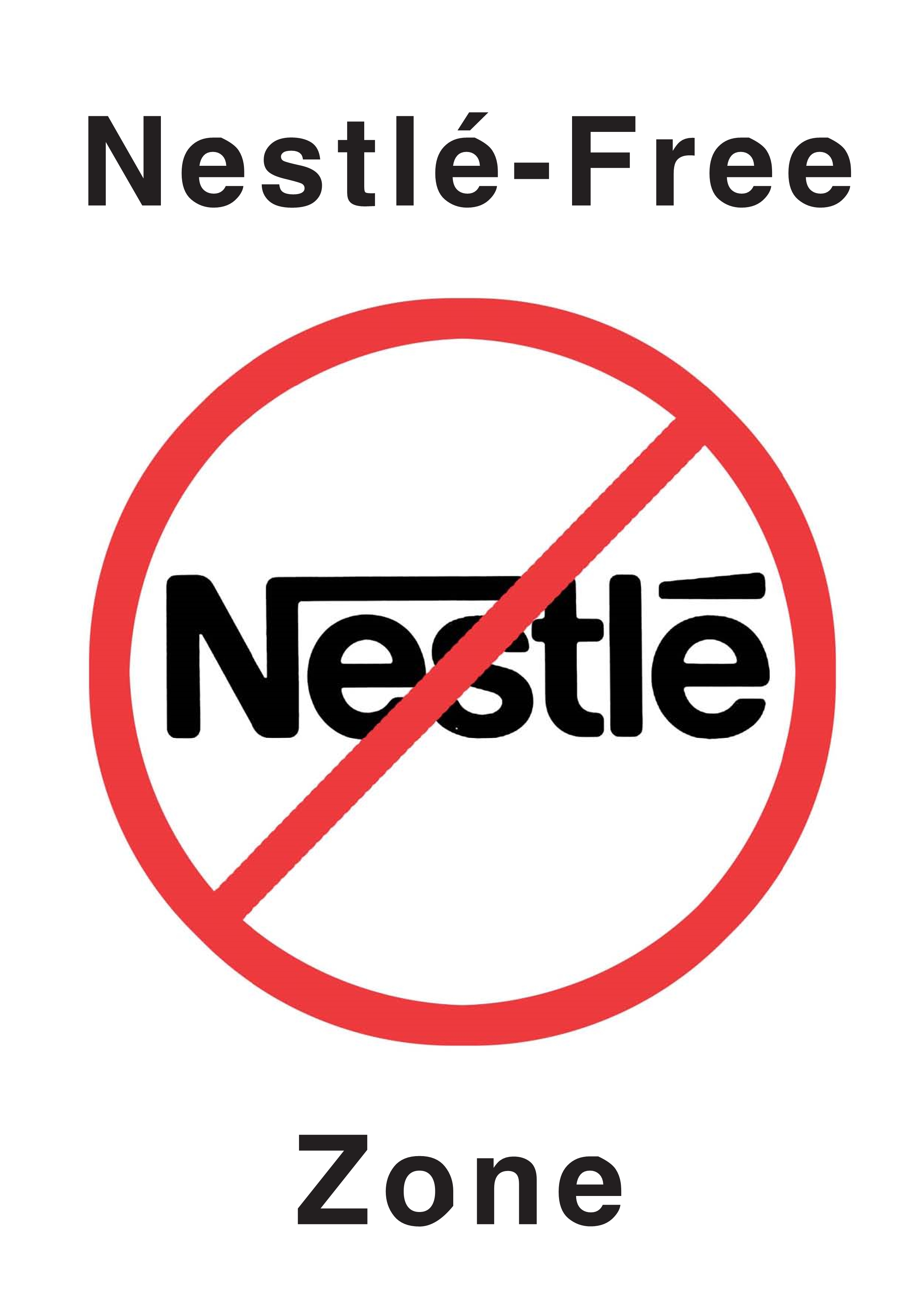Birthing people with pre-pregnancy body mass indices (BMIs) ≥ 25 kg/m2, particularly those without prior breastfeeding experience, are at increased risk for suboptimal lactation outcomes. Antenatal milk expressio...
Journal of Human Lactation, Ahead of Print.
Little is known about women’s experience of care and views on early breastfeeding during the COVID-19 pandemic in Norway.
Journal of Human Lactation, Ahead of Print.
Journal of Human Lactation, Ahead of Print.
Karen Wambach recently retired from a distinguished career in nursing education and breastfeeding research in the United States, practicing her craft during the formative years of the field of lactation consulting. Her research focused on the description of biopsychosocial influences on breastfeeding initiation and duration, as well as interventions for promoting and supporting breastfeeding among vulnerable childbearing populations, for example, adolescent mothers. Her research career trajectory mirrors the development of breastfeeding research more broadly. She began with descriptive studies and theory testing, which included the development of the Breastfeeding Experience Scale quantifying early breastfeeding problems. She then moved on to randomized clinical trials of breastfeeding education/support for adolescent mothers, and finished her funded research using a multi-behavioral, technology-based education and support intervention to promote breastfeeding, healthy lifestyle, and depression prevention in adolescent mothers. As researcher and educator in a clinical science area, she has supported evidence-based practice and translational science through her work as lead editor of many editions of the textbook Breastfeeding and Human Lactation. She is a consummate teacher, having mentored many upcoming researchers during her teaching career, and directed the undergraduate nursing honors program and PhD program at the University of Kansas School of Nursing in the United States. She also believes in serving her profession and has been an active member of American Academy of Nursing, the Midwest Nursing Research Society, the Association of Women’s Health, Obstetric, and the Neonatal Nursing and the International Lactation Consultant Association, including serving on JHL’s Editorial Review Board for many years. (This conversation was recorded on October 14, 2022 then transcribed and edited for readability. EC = Ellen Chetwynd; KW = Karen Wambach)
Journal of Human Lactation, Ahead of Print.
Shorter breastfeeding duration is associated with detrimental consequences for infant health/development and maternal health. Previous studies suggest social support is essential in maintaining breast/chest-fe...
Journal of Human Lactation, Ahead of Print.
Journal of Human Lactation, Ahead of Print.
The 2019/2020 Australian landscape fires (bushfires) resulted in prolonged extreme air pollution; little is known about the effects on breastfeeding women and their infants. This study aimed to examine the imp...
by Lisa Mandell, Global Advocacy Adviser, ILCA In November of 2022, I participated in a series of virtual meetings organized by World Health Organization (WHO) that addressed sponsorships from the baby food industry. Attended by a number of national and international healthcare professional associations (HCPAs), these meetings were an important step in the long process of […]
Journal of Human Lactation, Ahead of Print.
Journal of Human Lactation, Ahead of Print.
Journal of Human Lactation, Ahead of Print.
Journal of Human Lactation, Ahead of Print.
Domperidone is one of the most commonly utilised pharmacological galactagogues, with evidence of increasing use in clinical practice. However, the use of domperidone as a galactagogue remains controversial, wi...
Turkey hosts the highest number of refugees in the World including 65% of Syrian refugees who reside in Turkey. Mothers and children were the most negatively affected among the Syrian refugees who had to migra...
Journal of Human Lactation, Ahead of Print.
Background:Breastfed infants depend on human milk calcium and phosphorus for bone mineral accretion and growth. We reported greater mobilization of bone mineral and delayed skeletal recovery in lactating Ugandan women with HIV initiated on tenofovir-based antiretroviral therapy during pregnancy compared to HIV-uninfected counterparts in the Gumba Study. However, it is unknown if these disruptions in maternal bone metabolism affect milk mineral concentrations.Research Aim:To compare concentrations and patterns of change in milk calcium and phosphorus between lactating women with and without HIV.Methods:A longitudinal observational study was conducted to compare milk mineral concentrations between women with HIV receiving tenofovir-based ART and uninfected women in the Gumba Study. Milk collected at 2, 14, 26, and 52 weeks lactation was analyzed for calcium and phosphorus. Sodium and potassium were measured at 2 and 14 weeks to detect sub-clinical mastitis. Differences in milk composition between 84 women with HIV and 81 uninfected women were investigated.Results:Women with HIV had higher milk calcium than uninfected women at 14 weeks. The percent difference was +10.2% (SE = 3.0, p = .008) and there was a tendency to greater values at 2 and 26 weeks. Milk calcium decreased in both groups during lactation (p ≤ .001) but was more pronounced in women with HIV. The magnitude of change within individuals in the 1st year of lactation from 2 to 52 weeks was −28.3% (SE 3.9) versus −16.5% (SE 3.5), p for interaction = .05. Differences in milk phosphorus and calcium-to-phosphorus ratio were smaller and mostly not significant.Conclusions:Participants with HIV on tenofovir-based antiretroviral therapy had altered milk mineral composition. Studies are needed to investigate mechanisms and health implications for the woman and infant.
Recommended breastfeeding practices contribute to improved health of infants, young children, and mothers. Access to comprehensive maternity protection would enable working women to breastfeed for longer. Wome...

